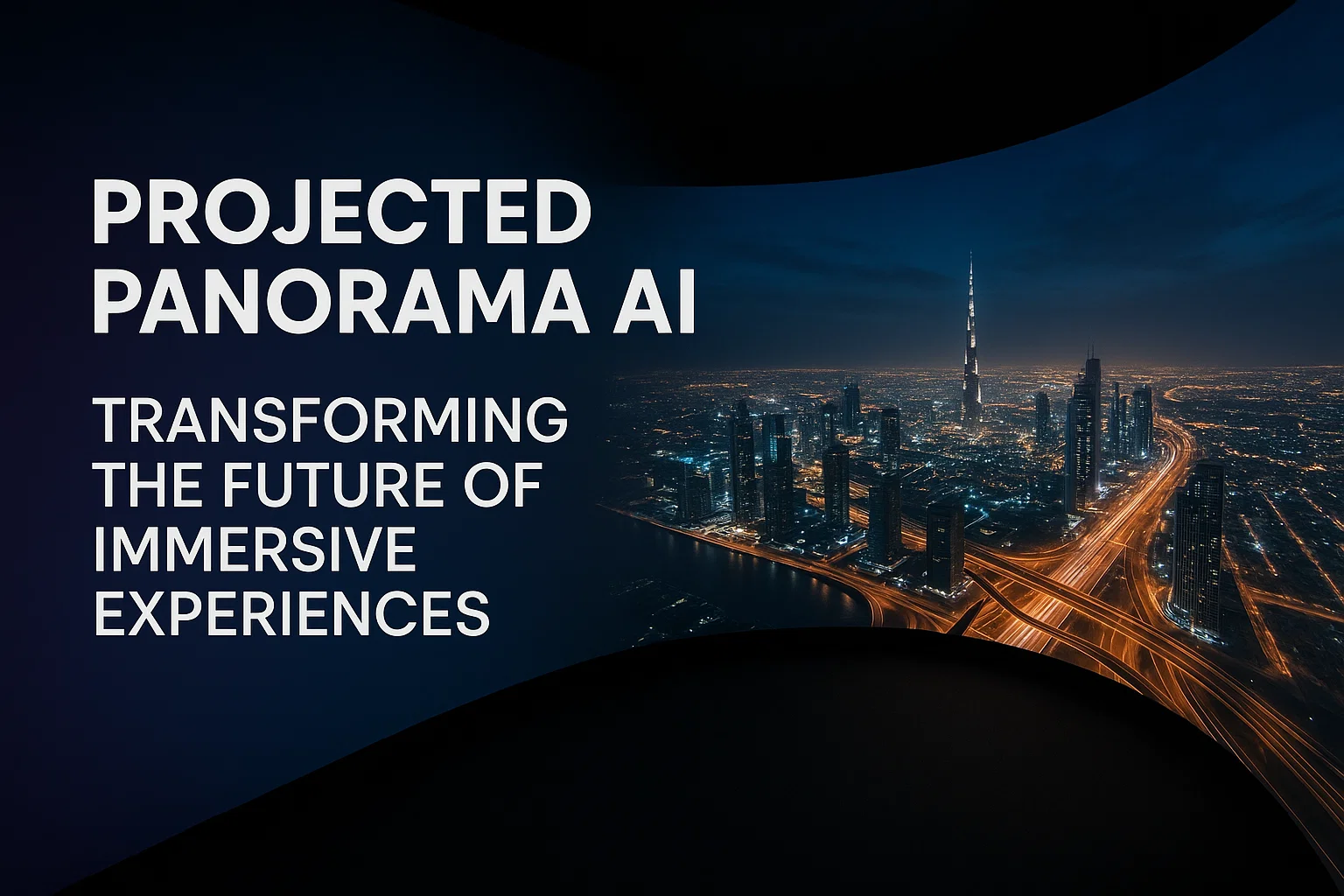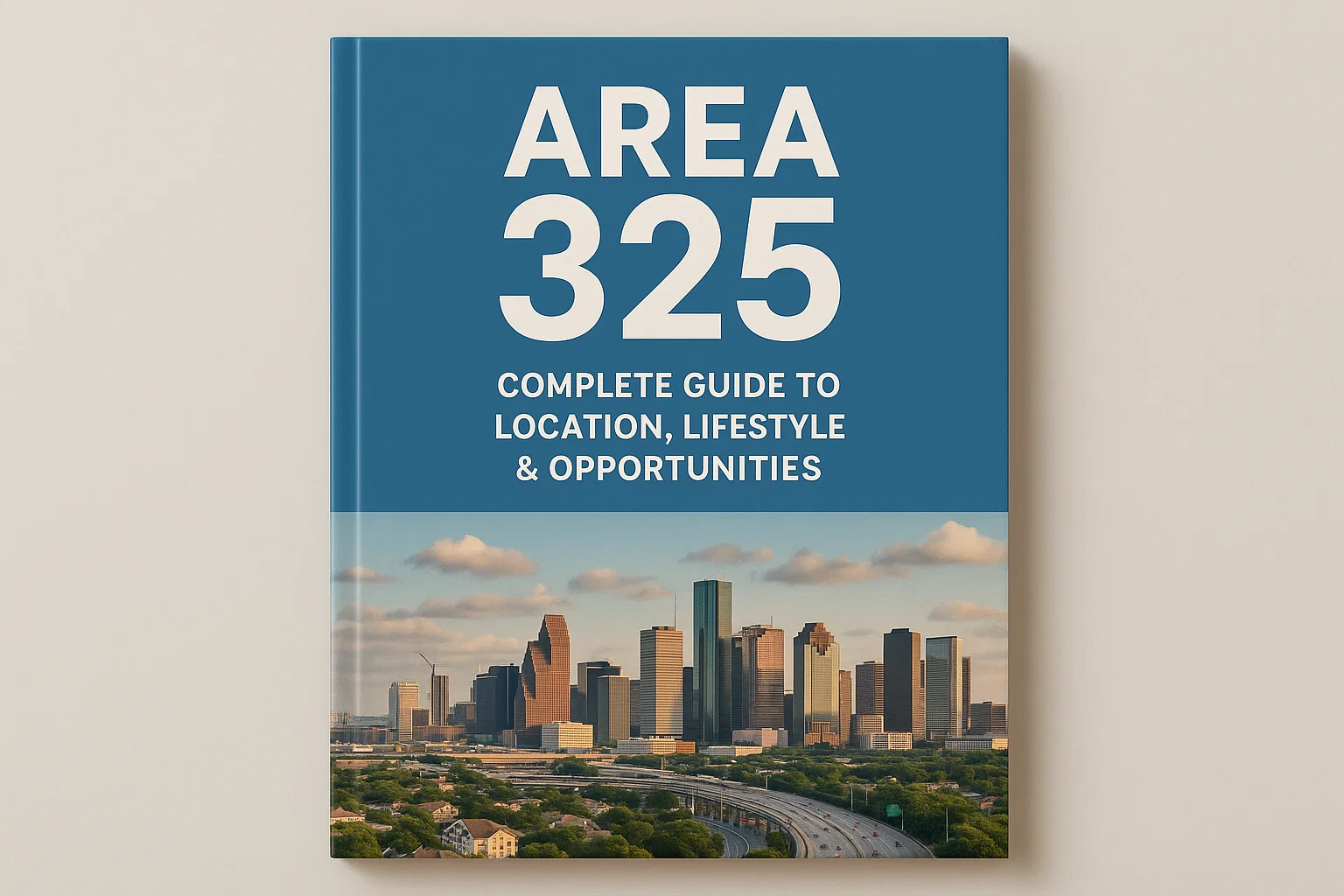Introduction to Projected Panorama AI
Artificial intelligence has been making rapid strides across industries, reshaping how we live, work, and interact with technology. One of the most innovative developments at this intersection of creativity and computation is Projected Panorama AI. This concept blends panoramic projection technologies with advanced AI algorithms to create immersive, interactive environments. It isn’t just about digital images—it’s about experiences that adapt, respond, and evolve in real time.
Projected Panorama AI can be described as a hybrid of panoramic visualization and artificial intelligence-driven interpretation. In simple terms, it allows expansive projections—whether on walls, domes, or entire spaces—to be dynamically altered by AI to fit specific contexts, user preferences, or environmental changes.
Read more: A Book on Consignment Inventory System for Hospitals
What is Projected Panorama AI?
Projected Panorama AI is a system where AI technology enhances panoramic projections to create adaptive, realistic, and interactive environments. It combines three major elements:
- Panoramic Projection Technology: The ability to display wide, continuous visuals that cover 180 to 360 degrees of a viewer’s field of vision.
- Artificial Intelligence Processing: AI algorithms that interpret data, recognize patterns, and adjust visual content accordingly.
- Interactivity and Adaptation: User input, environmental conditions, or even biometric feedback can alter the projected panorama in real time.
This integration moves projection technology beyond static visuals into a space where environments can become responsive, customized, and immersive.
How Does Projected Panorama AI Work?
The functioning of Projected Panorama AI can be broken down into key stages:
- Data Collection: Sensors, cameras, or connected devices gather data from users and environments.
- AI Analysis: Machine learning algorithms analyze the incoming data. This could involve object recognition, movement tracking, sentiment analysis, or environmental sensing.
- Dynamic Rendering: Based on AI insights, panoramic visuals are adapted in real time. For example, a projection in a classroom could shift depending on student engagement levels.
- Projection Delivery: Advanced projectors display seamless visuals across expansive surfaces, creating the illusion of being inside the content.
The adaptability of the system means that no two experiences need to be the same. Each projection can be personalized.
Applications of Projected Panorama AI
The versatility of Projected Panorama AI makes it applicable across multiple industries:
1. Education and Training
Classrooms and training environments can leverage immersive projections to simulate real-world scenarios. AI-driven panoramas can adapt to student interaction, making lessons more engaging and personalized.
2. Entertainment and Media
In theaters, concerts, or gaming, audiences can be surrounded by AI-enhanced projections that react dynamically to the narrative, music, or even audience participation.
3. Healthcare and Therapy
Therapeutic environments can use responsive projections to calm patients, simulate outdoor environments, or provide mental stimulation. For example, AI could adjust a calming ocean panorama to match a patient’s stress levels.
4. Retail and Marketing
Retailers can create immersive shopping environments, where AI-driven projections alter the look and feel of spaces based on customer behavior.
5. Architecture and Real Estate
Buyers could tour AI-enhanced projected panoramas of properties, with real-time modifications to lighting, furniture, or layouts based on preferences.
6. Tourism and Travel
Projected Panorama AI can simulate destinations with unmatched realism, offering travelers a preview of experiences before they book.
7. Smart Cities and Urban Design
Urban planners can visualize city models through AI-driven panoramas, adjusting layouts instantly to test different traffic, population, or environmental scenarios.
Benefits of Projected Panorama AI
- Immersive Engagement: Users feel more connected and engaged with content when surrounded by responsive environments.
- Personalization: AI tailors experiences to individual needs, making them more meaningful and impactful.
- Scalability: From classrooms to stadiums, the system can scale across different spaces and audience sizes.
- Real-Time Adaptation: Unlike traditional projections, AI-enhanced visuals can change instantly in response to feedback.
- Cross-Industry Utility: Its applications range from healthcare to entertainment, making it a versatile innovation.
Challenges Facing Projected Panorama AI
Despite its potential, the technology is not without challenges:
- High Costs: Advanced projectors and AI systems require significant investment.
- Technical Complexity: Integrating AI with projection hardware demands specialized expertise.
- Privacy Concerns: Data collection for personalization raises ethical and security issues.
- Energy Use: Large-scale panoramic projections consume considerable power.
- Standardization: The lack of industry-wide standards slows down adoption.
The Future of Projected Panorama AI
As both AI and projection technology evolve, Projected Panorama AI will likely see wider adoption and improvement. Future developments may include:
- Portable Projection Systems: Compact, AI-powered devices for personal use.
- Integration with AR/VR: Blending projections with wearable AR/VR devices for hybrid immersive environments.
- Biometric Responsiveness: Real-time adjustments based on heart rate, eye movement, or emotional state.
- AI-Generated Content: Projections fully created and modified by generative AI for limitless possibilities.
- Collaborative Experiences: Shared immersive panoramas that adapt to group dynamics.
Ethical Considerations
With great technological potential comes responsibility. Projected Panorama AI raises important ethical issues:
- Data Privacy: Collecting user data requires transparent policies and safeguards.
- Digital Well-Being: Over-immersion can have psychological effects; balancing exposure is vital.
- Accessibility: Ensuring that these technologies are available to diverse groups, including people with disabilities.
- Cultural Representation: AI-driven projections must avoid biases and respect cultural diversity.
Case Study Example
Imagine a museum exhibition powered by Projected Panorama AI. As visitors enter, sensors detect crowd density and adjust projections to avoid congestion. Individual visitors using wearable devices might receive customized visual guides projected onto the surrounding walls. A child might see animated characters explaining history, while an art enthusiast could view detailed contextual overlays. The projection is never static—it evolves with the audience.
Projected Panorama AI vs Traditional Projection
| Feature | Traditional Projection | Projected Panorama AI |
|---|---|---|
| Adaptability | Static, pre-recorded visuals | Dynamic, real-time changes via AI |
| Personalization | None | High, based on user/environment data |
| Engagement | Passive viewing | Active, immersive experience |
| Scalability | Limited | Highly scalable across industries |
| Data Use | Minimal | Extensive, AI-driven analysis |
Frequently Asked Questions (FAQs)
Q1. What makes Projected Panoramas AI different from VR or AR?
Projected Panorama AI doesn’t require headsets. Instead, it transforms entire physical spaces with panoramic projections, creating shared experiences.
Q2. Is Projected Panoramas AI expensive to implement?
Yes, initial costs are high due to advanced projectors and AI integration, but scalability and long-term engagement may offset expenses.
Q3. Can Projected Panoramas AI be used at home?
While currently more common in commercial and institutional settings, smaller-scale, affordable solutions may emerge for home entertainment and learning.
Q4. Does Projected Panoramas AI collect personal data?
It can, depending on implementation. Responsible use requires strict privacy measures and transparent data policies.
Q5. Which industries will benefit most from Projected Panoramas AI?
Education, entertainment, healthcare, retail, tourism, and smart city planning stand to gain the most from immersive and adaptive environments.
Q6. How does AI improve panoramic projections?
AI analyzes real-time data—such as movements, preferences, or environmental conditions—and adjusts the projections dynamically to enhance relevance and immersion.
Conclusion
Projected Panorama AI is more than just a technological novelty—it represents a paradigm shift in how humans interact with digital environments. By merging panoramic projection with artificial intelligence, it creates immersive, adaptive experiences that can revolutionize industries ranging from education to entertainment.
While challenges remain in terms of cost, complexity, and ethics, the trajectory of innovation suggests that Projected Panorama AI will play an increasingly significant role in our lives. As technology continues to evolve, the lines between physical and digital spaces will blur, bringing us closer to a world where environments adapt seamlessly to human needs.










